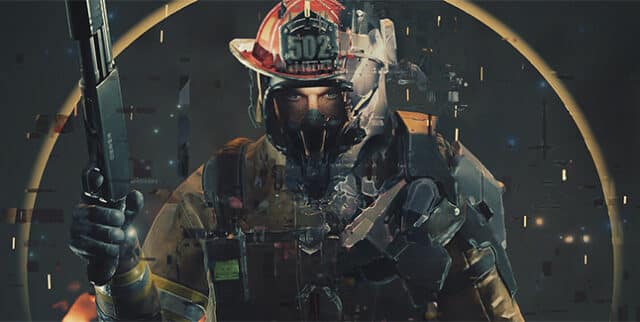
An independent review requested by the Delft University of Technology in the Netherlands suggests the researchers selected data that supported the phenomenon they were looking for while omitting conflicting data. The retraction notes errors such as how the scientists “unnecessarily corrected” some of the data and mislabeled a graph. After their communication with the Microsoft-backed team proved fruitless, Frolov says, “we complained to Nature, Nature asked the authors for explanations, and then they retracted.” However, Frolov notes that when he and physicist Vincent Mourik at the University of New South Wales in Australia data from the 2018 work, they discovered major conflicts between the raw files and the published results.

They claimed this electrical signal was evidence of discrete, quantized levels of conductance, a hallmark of Majorana particles. When the scientists varied the voltage to their devices, they detected a sudden peak in their electrical conductance. In this hybrid material, a so-called “ topological superconductor,” previous research suggested Majorana particles should form at both ends of the wires. In the 2018 study, researchers experimented with indium antimonide semiconductor nanowires covered with aluminum superconducting shells. However, these claims were “from the start implausible,” says physicist Sergey Frolov at the University of Pittsburgh, whose investigations helped to trigger the Nature retraction. The 2018 work argued it discovered such evidence. This stability could help topological quantum computers scale up in power more easily than other approaches.ĭirectly proving that Majorana zero modes actually exist, however, has proven extraordinarily difficult. In theory, a “topological qubit” created from a pair of Majorana zero modes could benefit from a kind of protection conveyed by its topology. Even if one member of this duo runs into interference, the qubit can survive if its partner remains unscathed. When a pair of Majorana zero modes swap places- a technique similar to braiding two strands of hair-topology suggests these quasiparticles can in a sense remember how they behaved with respect to one another even after they get separated. The extraordinary resistance Majorana zero modes can have against disruption is rooted in topology, the branch of mathematics that investigates what aspects of shapes can survive deformation. However, Majorana zero modes could prove virtually immune to outside interference, a feature that Microsoft has suggested may help the company build a practical quantum computer. The quantum mechanical effects on which quantum computers depend-superposition and entanglement-are very fragile. Google and others have claimed evidence that their quantum computers have achieved a quantum advantage, outperforming even the most powerful modern supercomputers on certain tasks. The more qubits are quantum-mechanically connected or entangled together, the more calculations they can simultaneously perform. This essentially lets each qubit perform multiple calculations at once. Whereas conventional computers switch transistors either on or off to symbolize data as ones and zeroes, because of the bizarre nature of quantum physics, qubits can exist in a state known as superposition where they can act as both 1 and 0. Majorana fermions could theoretically find use in the quantum bits, or qubits, at the heart of the most widely explored types of quantum computers. Now the researchers have officially retracted this work, citing “insufficient scientific rigor.” In a 2018 study in Nature, Microsoft-backed scientists claimed they found strong evidence of these quasiparticles within a special kind of superconductor, a discovery they suggested could pave the way for a powerful kind of quantum computer. This quasiparticle manifests in the form of groups of electrons and other particles collectively behaving as single particles. However, in the past decade or so, researchers have detected signs of a kind of Majorana fermion known as a Majorana zero mode.

First predicted more than 80 years ago by Italian physicist Ettore Majorana, scientists have yet to detect these self-annihilating particles inside particle accelerators. The original research focused on Majorana fermions, long-theorized particles that are their own antiparticles. Controversial Microsoft-backed research on elusive theoretical particles that could have proved a major advance in quantum computing has now been retracted after other scientists pointed out critical flaws in the work.


 0 kommentar(er)
0 kommentar(er)
